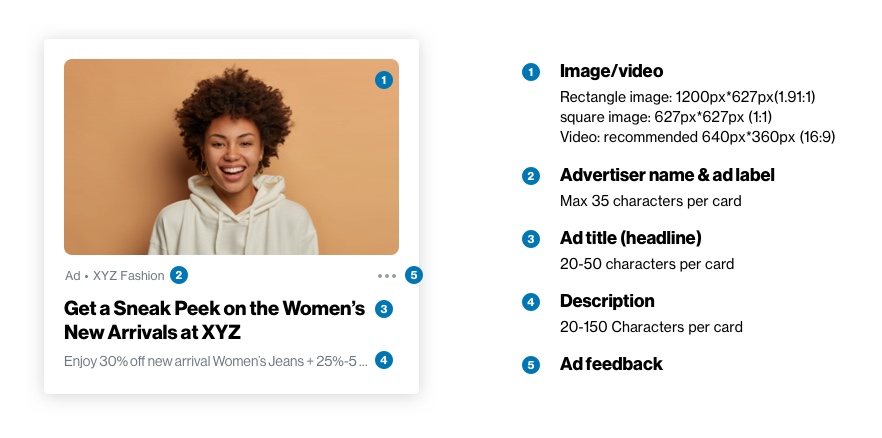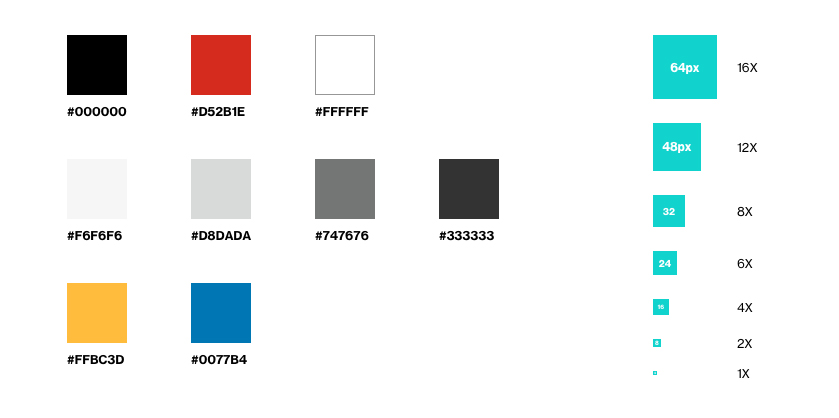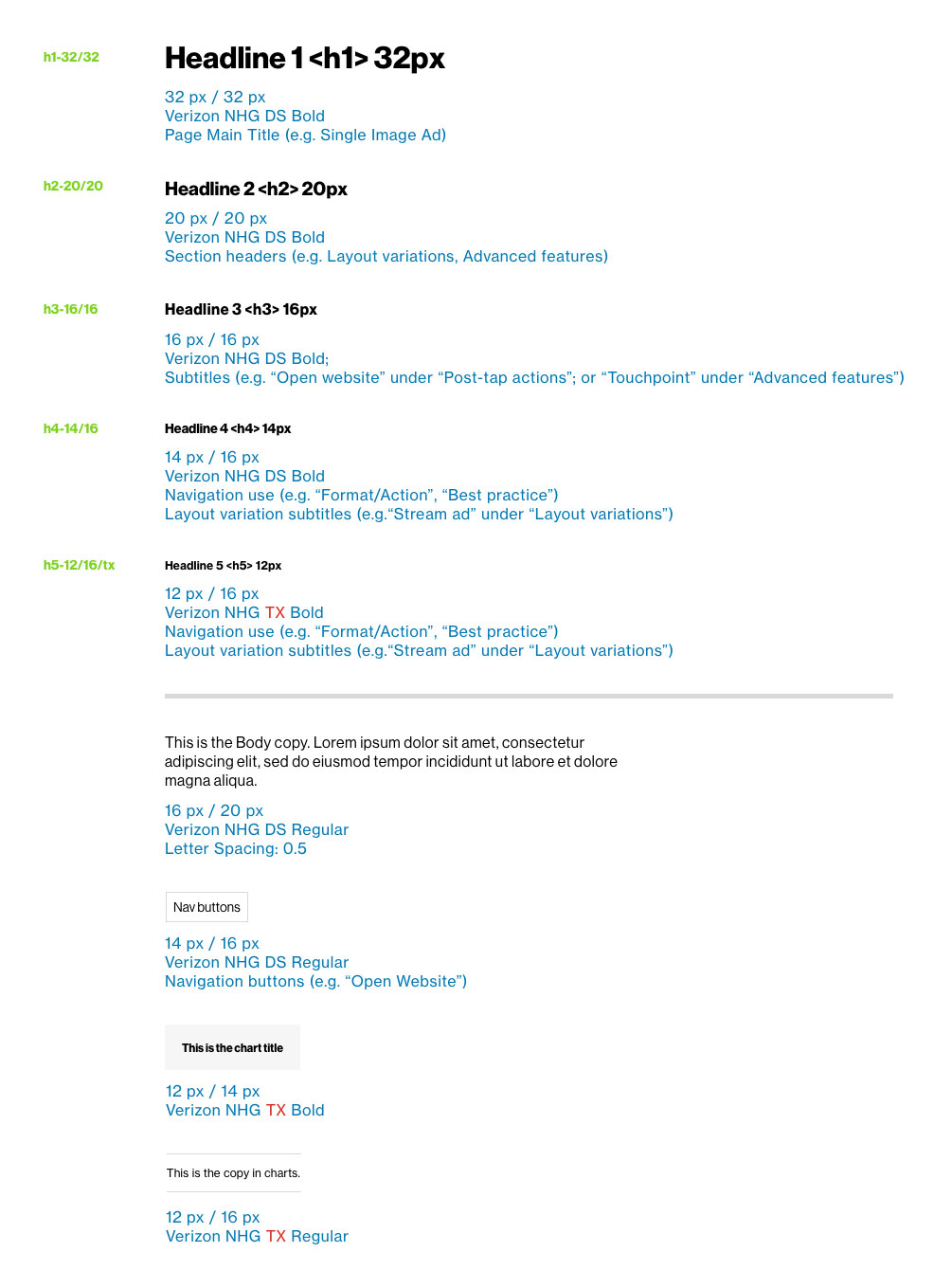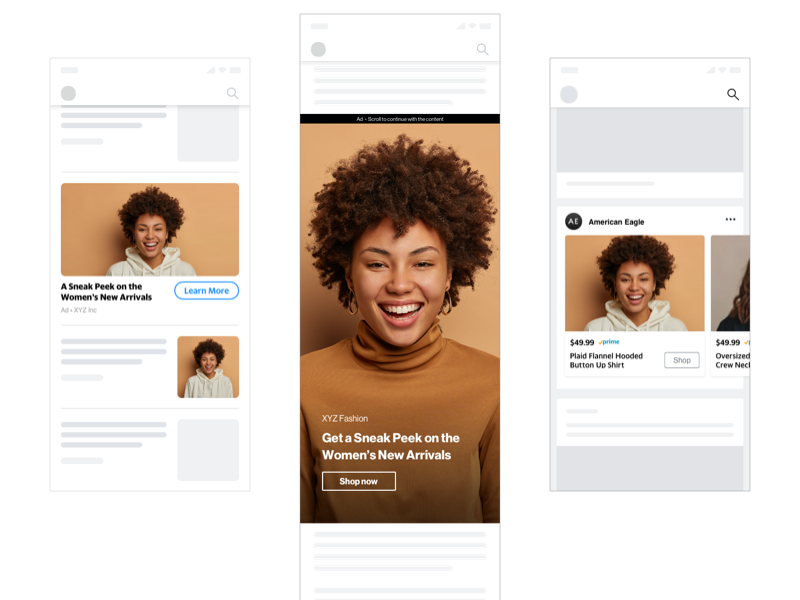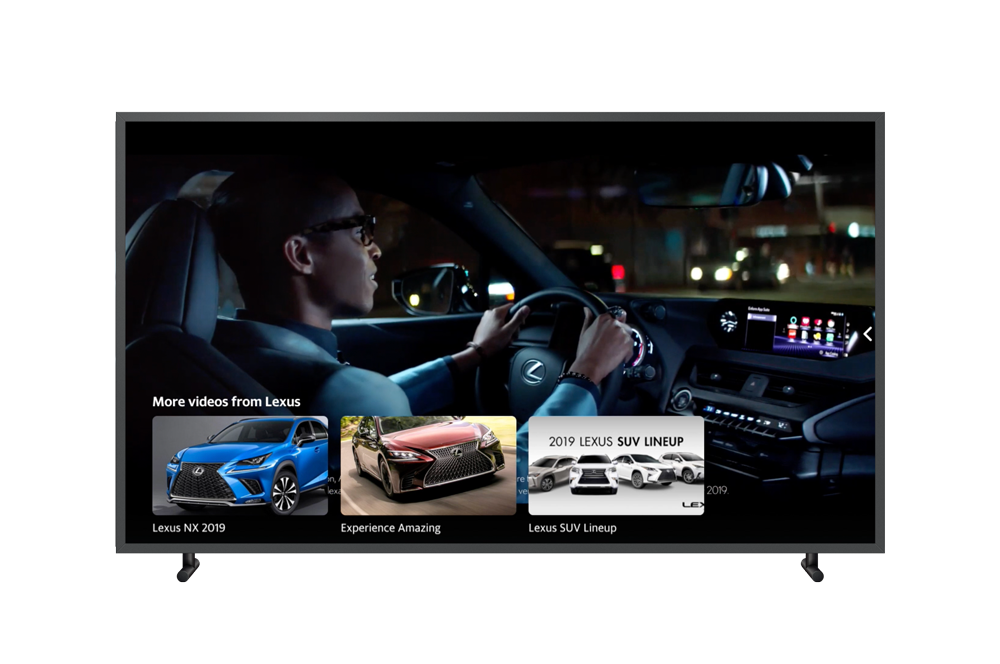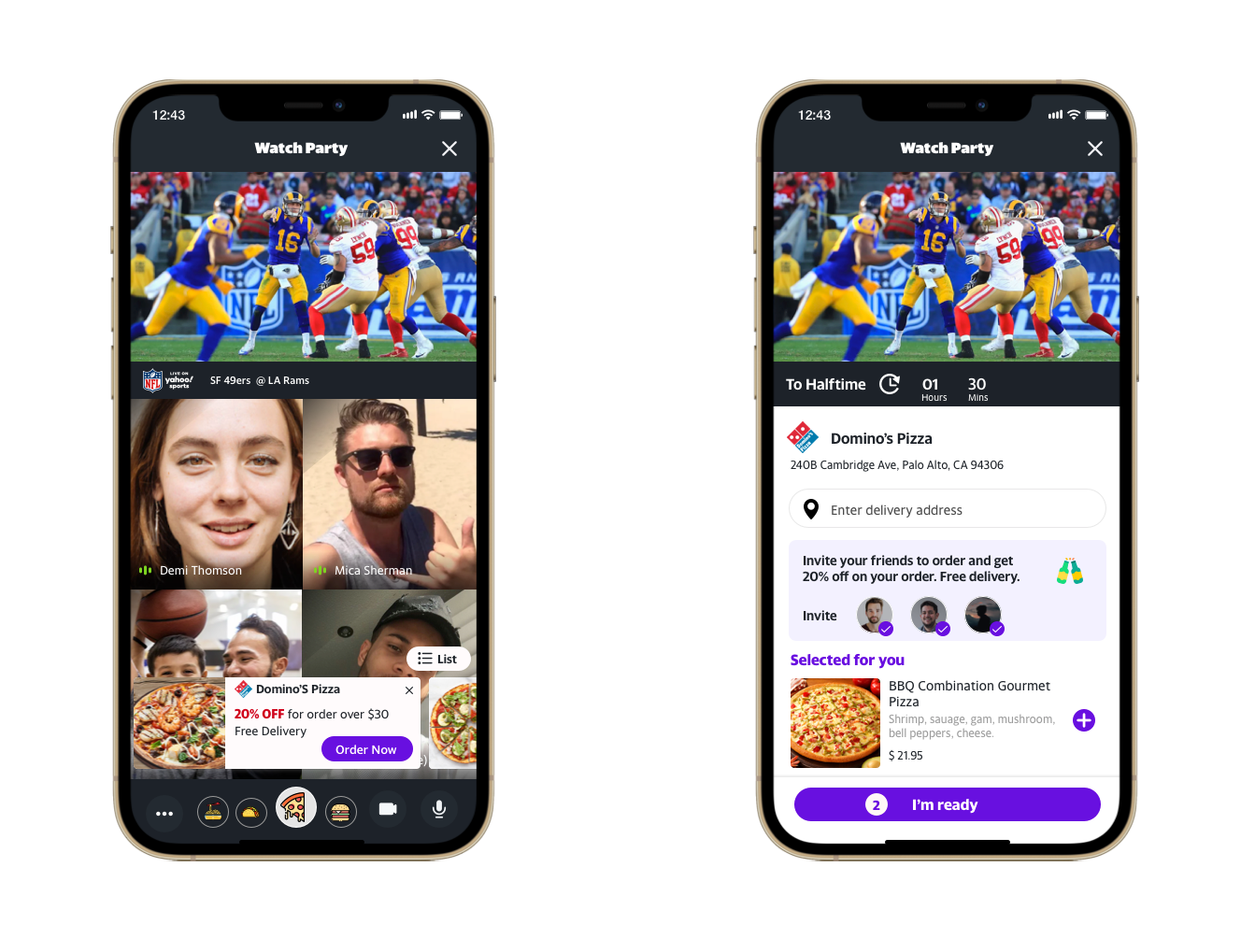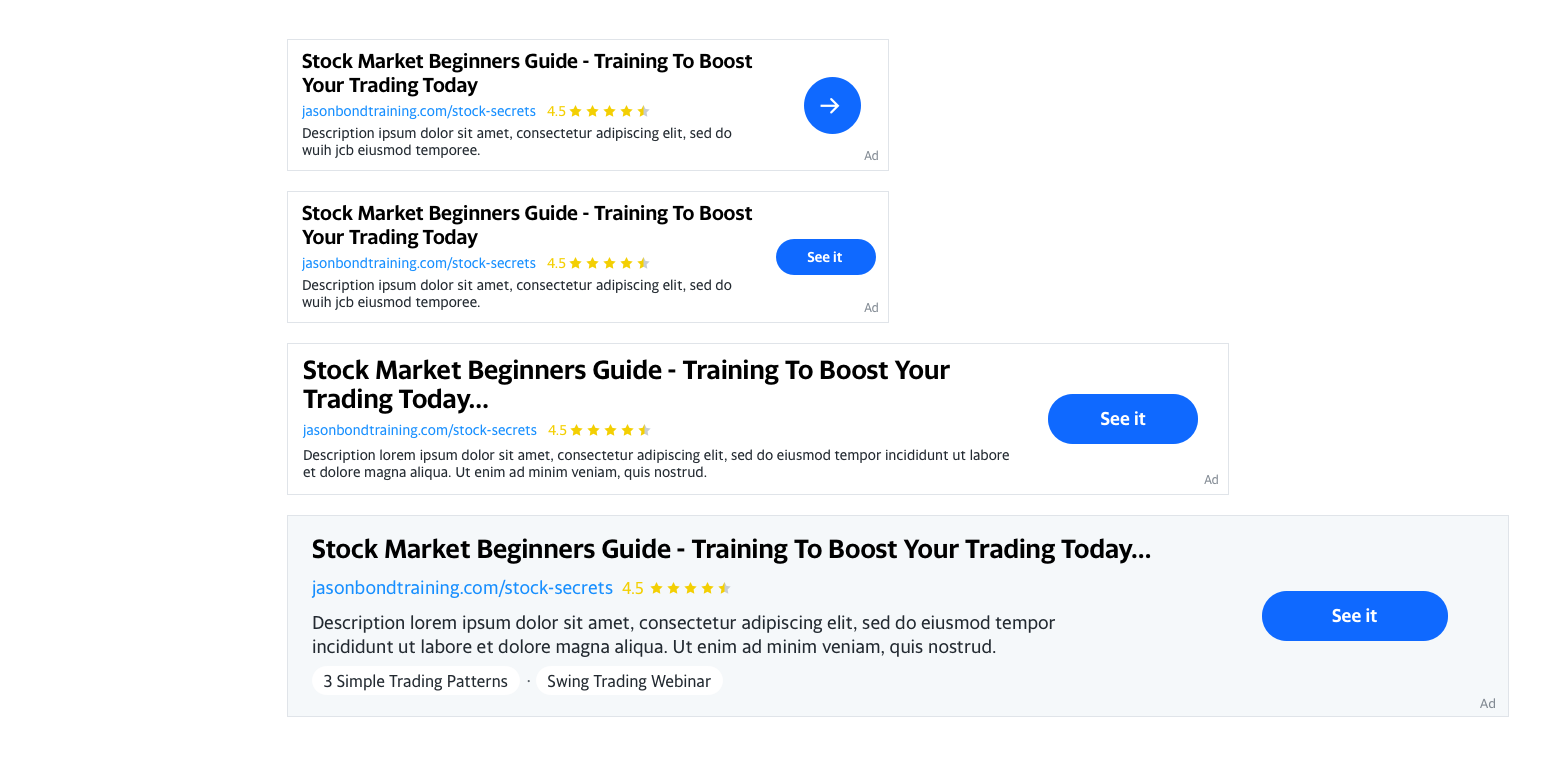INTRO
NATIVE AD FORMATS DESIGN GUIDE
Verizon Media provides an ad platform for advertisers and publishers, offering ad formats associated with Display and Native advertising. Historically within the company and the ad industry, Display and Native advertising had their separate ecosystems from a technology and personnel standpoint. As these business strategies converged as a portfolio of offerings, churn existed for some new constituents from Display backgrounds trying to onboard to Native. My team has identified a recurring set of stumbling blocks when getting up to speed with Native Ads. Before we set out to provide a solution, we needed to take a step back in time.
BANNER ORIGINS
Digital advertising has been present since the World Wide Web had taken hold with the proliferation of browsers such as Mosaic in 1993 and Netscape Navigator in 1994. Sales account teams sold ad inventory on publisher websites in a similar manner to print media. Salespeople would reach out to advertisers and sell premium placements on their pages. As web pages became dynamically generated, ad platforms for advertisers and publishers help scale these sales transactions through automated programmatic auctions, which required the standardization of banner ad sizes. The IAB sets the standards for display ad formats.
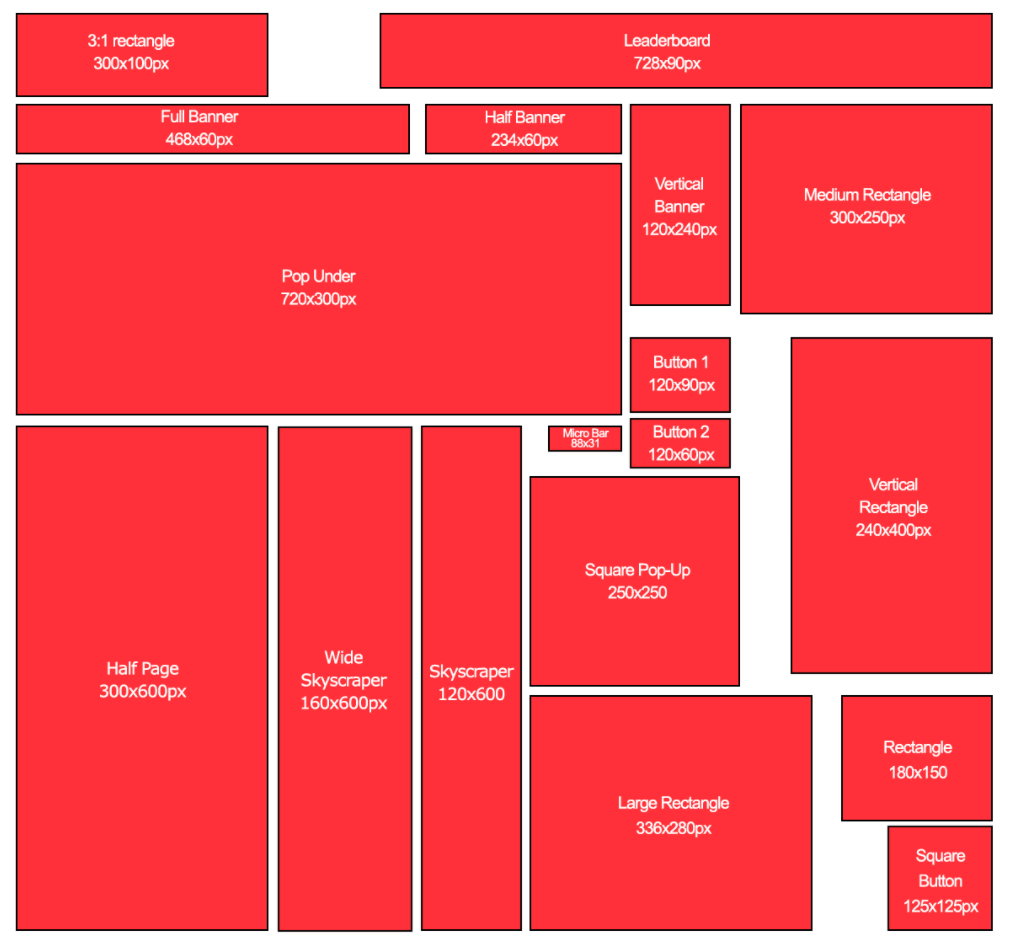
BANNNER BANE
Although ad banners have achieved monetization ubiquity for websites, the standardization of banner sizes and their placements in headers and right rails have made it easy for readers to ignore, often referred to as banner blindness. Through eye-tracking heatmaps, Nielsen Norman Group has shown how readers scan a page and often overlook the periphery of the page. Despite this, advertisers still have the pay for the ad serve, also known as an impression, to the publisher. Further compounding banner ineffectiveness is the widespread use of ad blockers which Statista estimates to be as high as 27% in 2021.
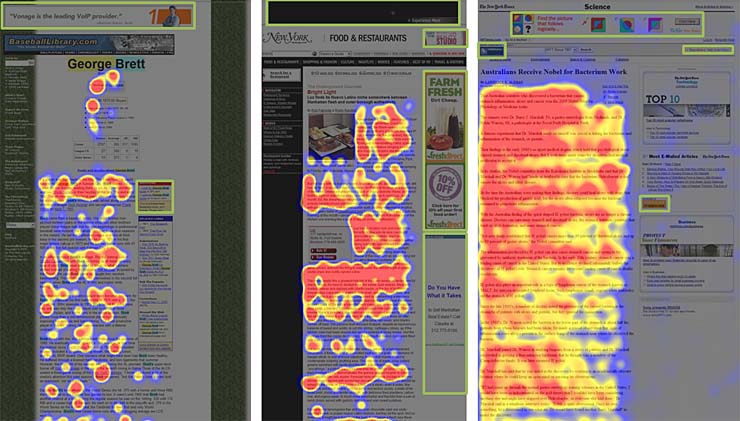
GOING META
Native Ads are referred to as native as these ad formats look similar to editorial content, except that there is some form of attribution that indicates that it is an ad. In contrast to banner ads which conform to pre-defined dimensions, Native Ads are comprised of meta-information such as advertiser name, description and have standardized image assets. Publishers and app developers parse this meta-information and render the ad format themselves in a manner that's consistent with their content's design language.
Native Ads are most common in content feeds such as for news and social media. However, they can also appear as an item in content modules. When inserted into content feeds and modules, Native Ads appear seamlessly and are less prone to banner blindness. In addition, native Ads are more flexible than banner ads and work well within responsively designed pages, as the publisher renders ad and editorial content similarly.
